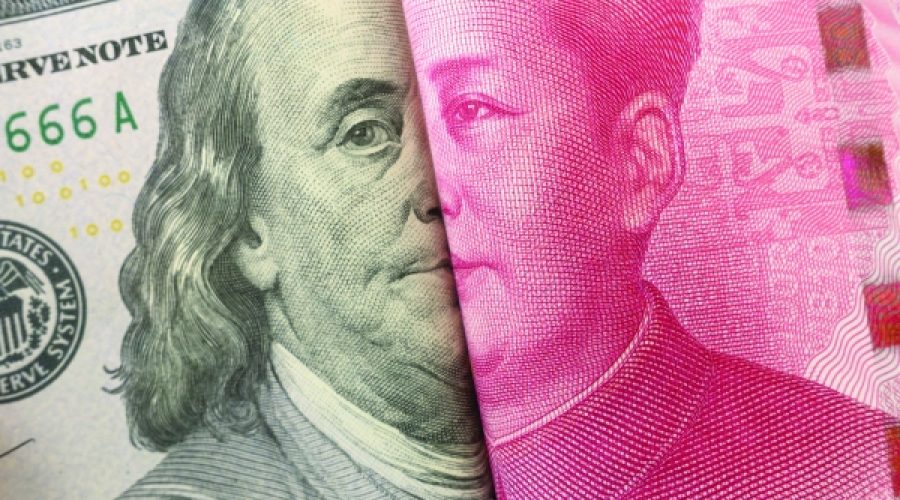China’s Export Juggernaut Defies Trade War: What It Means for Global Investors and Business Owners
As President Donald Trump imposed significant tariffs on Chinese goods, American importers have sharply reduced their purchases from China. However, the global market has compensated for this decline, with other countries increasing their imports from China to record levels.
China has quickly made up for the drop in U.S. demand, with exports to other regions surging this year, underscoring China’s enduring manufacturing dominance. Chinese exports are projected to reach a new record high in 2025. This resilience is largely due to China’s long-term strategy of cultivating new markets and its capacity to produce goods inexpensively thanks to massive manufacturing investments.
Mary Lovely, a senior fellow at the Peterson Institute for International Economics, noted, “They should not be surprised that China is able to find markets outside of the advanced economies.”
Although Trump recently reduced the tariffs on China, they remain at historically high levels. He maintains that these tariffs will rejuvenate American manufacturing and create jobs, a claim disputed by many economists and industry experts. The effectiveness of these measures is also uncertain, particularly as many Chinese products enter the U.S. via other countries.
Countries worldwide find themselves navigating between the U.S. and China. For example, Vietnam has increased its imports from China by 28%, and the European Union by 11%, despite concerns over the impact on their local industries and retaliatory tariffs in some regions. Meanwhile, nations such as Argentina and Nigeria are leveraging affordable Chinese technology to modernize their economies, leading to growing trade imbalances with China.
In the U.S., the volume of Chinese goods imported has declined significantly across various categories. For instance, plastic product imports from China fell by 16% between July and October compared to the previous year. Furniture shipments to the U.S. also decreased from more than a quarter to about one-fifth of China’s total furniture exports. Electronics saw even sharper drops, with phone imports from China down 47% and computers down 54%. Although Trump exempted many consumer electronics from tariffs this year, major companies like Apple and Hewlett-Packard continue to diversify supply chains to other countries like India and Vietnam.
Conversely, China is expanding export volumes in developing regions. Shipments to Africa increased by 42%, to South America by 13%, Europe by 7%, and Asia by 14%, supplying vehicles, batteries, iron products, and more. This expansion occurs as U.S. aid to Africa diminishes, with Chinese firms accepting lower profits to gain influence through affordable technology access, which Ilaria Mazzocco of the Center for Strategic and International Studies describes as “entirely transformational” for these markets.
However, not all sectors have rebounded. Chinese toy exports, heavily reliant on the U.S. market, fell by $3.5 billion this summer, largely due to reduced American demand for video game consoles, costumes, and board games.
Trump’s ability to persuade other Asian countries to reject rerouted Chinese goods as part of trade negotiations remains uncertain. These alternative trade routes have already mitigated the impact of his tariffs during his first term.
Meanwhile, U.S. imports from other parts of Asia are rising, with Thailand’s exports to the U.S. up 33%, Taiwan’s by 51%, and Singapore’s by 13% as of September.
These shifts in global trade patterns reflect an ongoing, unpredictable transformation in global commerce. Gerard DiPippo, associate director of the RAND China Research Center, suggests that Trump’s recent tariff reductions, lowering overall China tariffs from around 55% to about 45%, might stabilize China’s exports to the U.S.
Despite a one-year trade truce with China, Trump is considering new tariffs on industries like pharmaceuticals and drones, and aims to reduce America’s dependence on China for critical minerals. With over three years left in his administration, Trump’s efforts to reshape trade relations with China are expected to continue.
— Reported by The New York Times, summarized for Omanet.om
Special Analysis by Omanet | Navigate Oman’s Market
China’s ability to swiftly redirect exports from the US to growing markets in Africa, Asia, and Europe signals a resilient manufacturing dominance that businesses in Oman should closely watch. Opportunities arise for Omani entrepreneurs to tap into China’s expanding influence in developing markets by integrating affordable Chinese technology and goods into local supply chains, while investors should be mindful of global trade shifts and potential tariff ripple effects. Smart players will leverage these dynamics to diversify partnerships and enhance Oman’s strategic positioning in the evolving global trade landscape.



